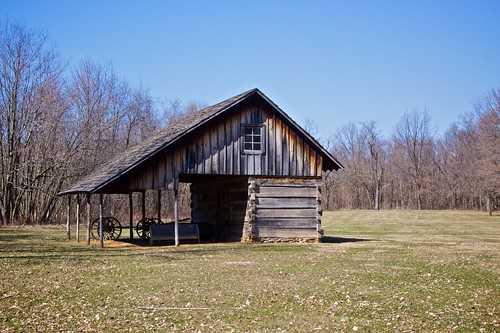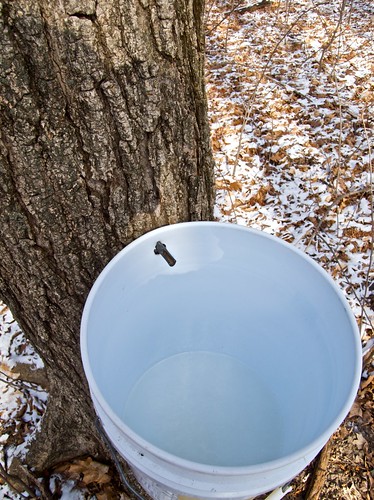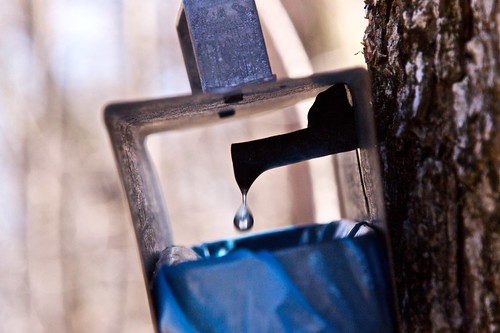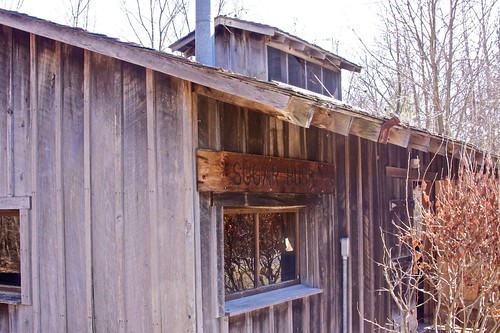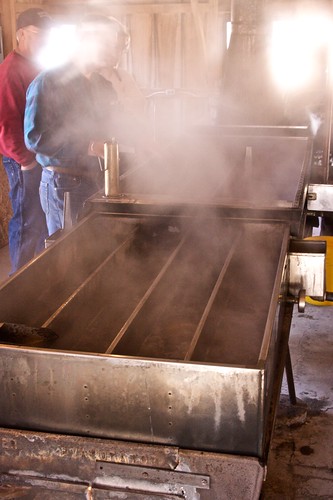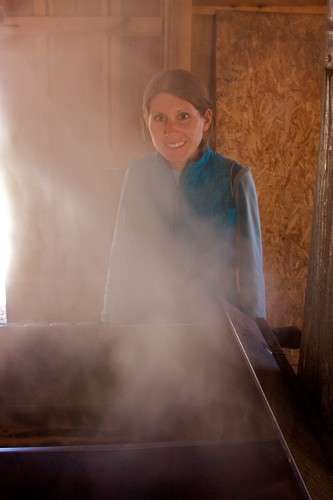Happy Mother’s Day to Melissa.

Her favorite flowers are irises, and we have a lot of them right now.
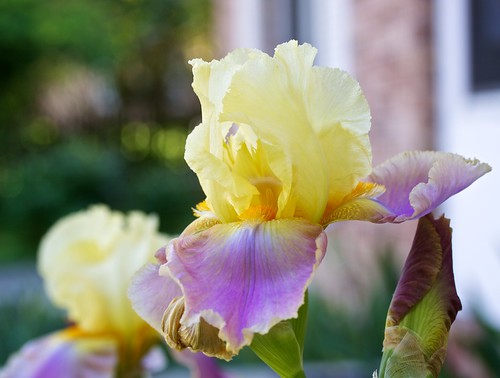
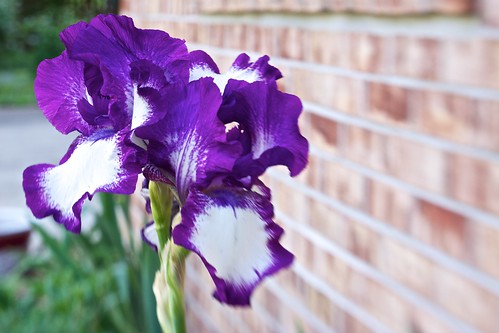
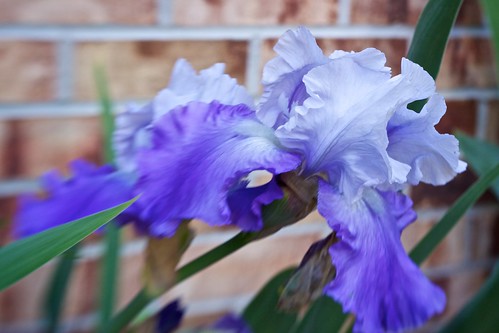
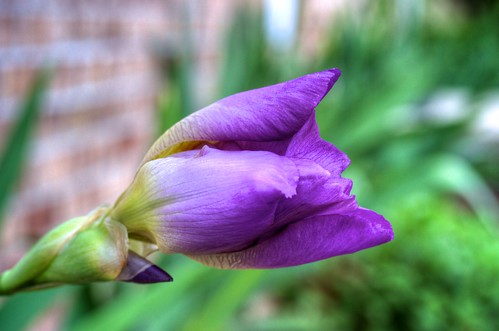
So there’s a “Photographic Print Competition” next month at Lincoln Square Mall. Both my wife and my father have suggested to me that I enter the competition, and they’re both pretty smart so I better do what they say.
I noticed the competition is sponsored by the Champaign County Camera Club, a club I had never heard of before, but sounded somewhat appealing to me. I checked out their website last Monday, just in time to notice one of their bi-monthly meetings was happening that evening on campus. I decided to go check it out. It was indeed interesting.
One of the odd things I learned at the meeting was the club members are not allowed to enter this competition for some reason. I’m still not exactly clear why this is the case. I mean, Second Wind Running Club puts on races in which club members are encouraged to participate. The same thing happens with events put on by Wild Card Cycling or Prairie Cycle Club.
Anyway, I didn’t join the club yet… and now I’m going to hold off doing so until after the competition. Speaking of which, I put together a shortlist of photos from 2009 I’m thinking about entering. Participants are allowed a maximum of three entries. There are multiple categories into which these photos might fit, most of which are fairly strictly defined:
Here are the photos currently at the top of my list:
I’d really appreciate any feedback on which photos people think are the best. I’m sure with this audience any picture of Will will probably get an automatic vote, but try to keep in mind that photo contest judges may not be as interested in Will as many of you.
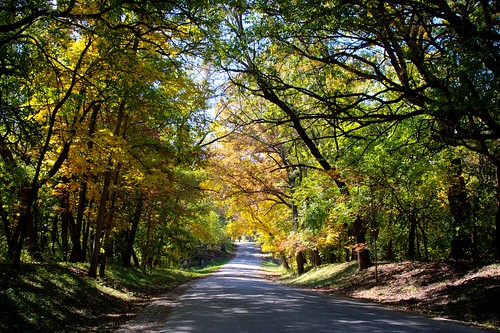
The changing leaves means the Allerton Trail Run is coming up. This is one of my favorite races for a variety of reasons. I love the trail. The race is a good distance for me. The weather is cooling down, and my running thrives in cool weather. The race falls right before, after, or (like last year) on my birthday. You may recall I ran 30 miles at Allerton last year in celebration of my 30th birthday.
I like to get in a few loops on the trail in the weeks leading up to the race to re-familiarize myself with it, so the last two Sundays I’ve run at Allerton. Last week the Sangamon river was so high that parts of the trail were waist deep under water. I walked around three of these places and splashed through one other. I was expecting it to be ankle deep, but it was knee deep. That was a wet surprise in 39˚ weather.
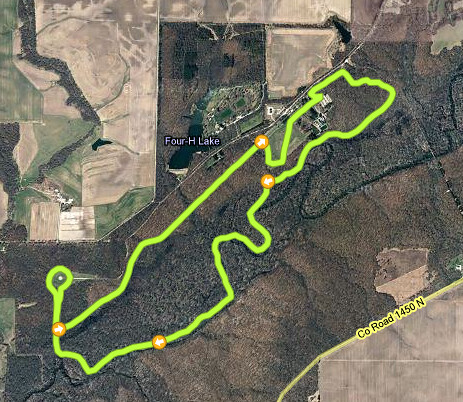
Fortunately, this week the river was four or five feet lower and no parts of the trail were under water. Hopefully, it won’t rain to much this week and the course will remain fast for the race next week.
After my run today I took a little time to snap some photos. For most of them I used bracketed exposures. For each photo I actually took three photos: one with normal exposure, one underexposed, and one overexposed. The underexposed photo picks up details in the bright areas of the photo (e.g. the sky) and the overexposed image picks up details in the dark areas (e.g. shadows).
Once back home I combined each set of three images into a single high dynamic range photo and adjusted the levels so both the lights and the darks are visible in same image. If combined well HDR images look spectacularly vibrant and detailed. If combined poorly HDR images look very unnatural and washed out. I’m still pretty new to HDR so I may not of done a great job, but most of them look pretty decent I think.
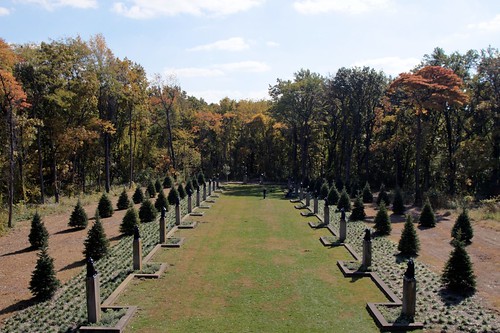

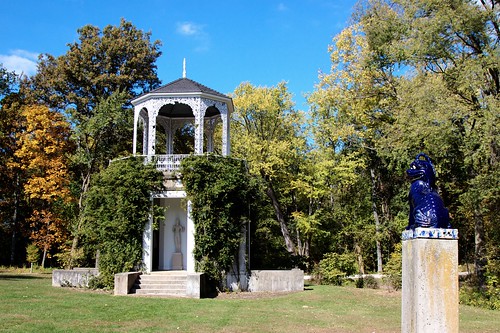

I enjoy cycling. Long time readers might recall that a long term goal of mine is to cycle to the highest point (well, highest paved road) in every U.S. state. The first one I checked off the list was Tennessee, four years ago today.
Living most of my life in flat, flat central Illinois I have a special appreciation for mountains. The first mountain I rode was Mt. Tam in California, in 2004. I rode it again in 2005, at which point I was hooked. I needed more mountains, but I had none near home. So I started looking around for places where I could take trips to ride mountains.
Having spent every summer during college working in central Appalachia I was somewhat familiar with this mountain range, plus it’s an easy day’s drive to get there. But where to go. If I was going to take a special trip I wanted some big, big mountains. The two biggest are Mt. Mitchell (6,684 feet, the highest point in North Carolina, near Asheville, also the highest point east of the Mississippi river), and nearby Clingman’s Dome (6,643 feet, on the TN/NC border, the highest point in Tennessee).
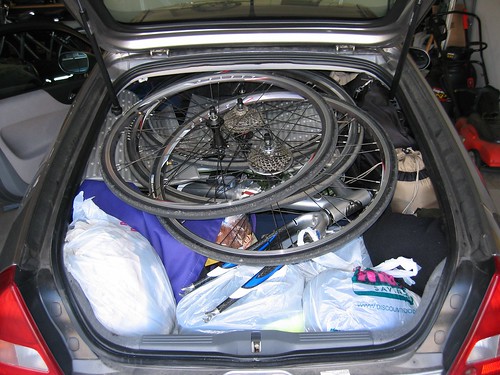
What started out as kind of pie-in-the-sky wishful thinking quickly turned into a week-long family vacation in August 2005 (i.e. best vacation ever®). We packed the Insight full of camping gear, food, clothes, and two (yes, two) bikes and headed to the Great Smoky Mountains National Park.

We camped in the park (just outside of Gatlinburg, TN) the first night and woke up bright and early, ready to tackle Clingman’s Dome: me on the bike, my wonderful wife driving the support vehicle. The ascent was 20 miles long and rose around 5,000 ft. The road wasn’t terribly steep (4-5%) since it was in the national park and it was built so RV’s could make it up.
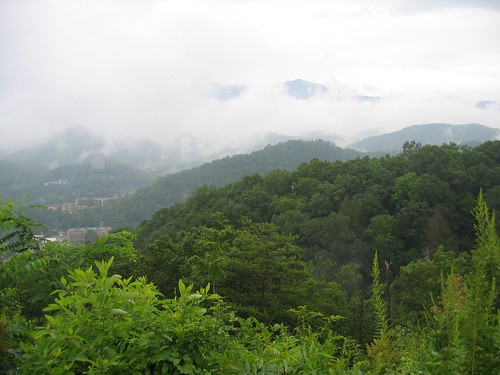
The first mile or two was very easy. I was cruising along at 16-17 mph thinking this will be a piece of cake. The gradient increased gradually until I was closer to 8-10 mph, where I would remain for most of the climb. I didn’t know what to expect with such a long climb (twice as long as the only other mountain I had climbed), and since I have a double chainring I switched to a mountain bike cassette with a 32-tooth cog before the ride. I could have gotten by comfortably with a 28. My regular road cassette only had a 25. This would have been usable, but much more difficult.
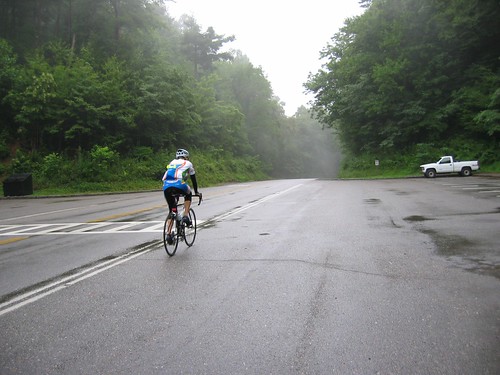
The first 12.5 miles on Newfound Gap Road had just a little bit of traffic, but it wasn’t bad. All the cars were going very slowly anyway, so my presence didn’t seem to cause any problems.
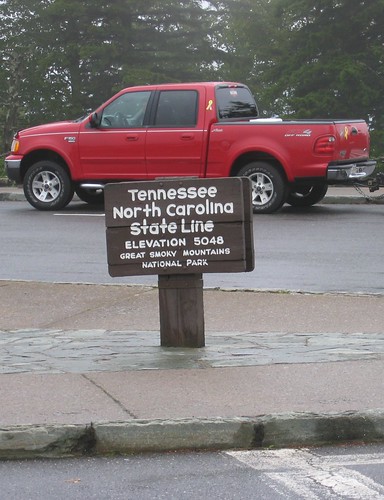
At Newfound Gap I stopped to get new water bottles from Melissa, then turned off onto Clingman’s Dome Road for the final 7.5 miles. There was very little traffic on this road. Aside from a short downhill this road was also a little bit steeper.
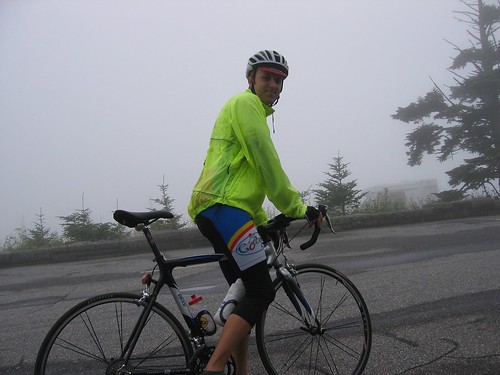
What had been foggy and overcast weather all morning turned into a light drizzle at the summit of Clingman’s Dome. Fortunately, we made another trip back there a few days later for a better view from the observation tower at the top.
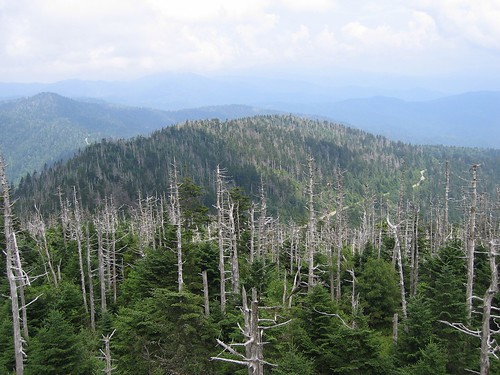
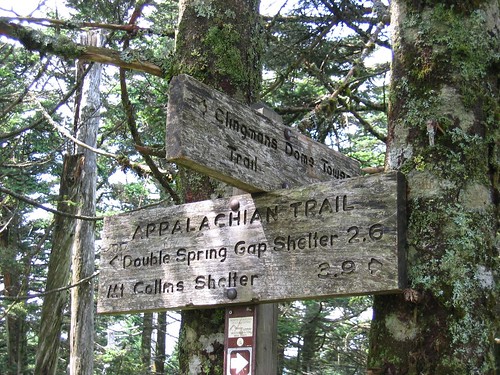
I chose to descend the other side of the mountain, into North Carolina, rather than go back down the way I came up. Like the other side, this side wasn’t terribly steep, but it did have some long straight sections that relatively safely allowed for high speeds.
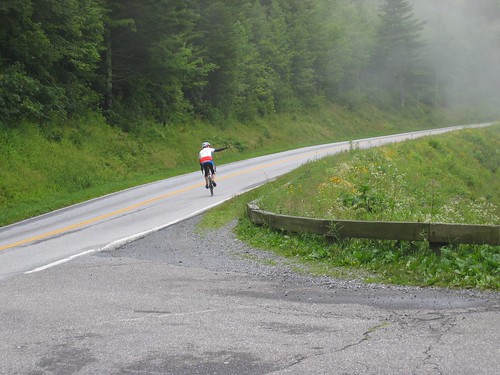
This was only the third time I had ridden a mountain, so my descending skills were a little lacking. Nonetheless I was able to get up to 48 mph or so on the descent.
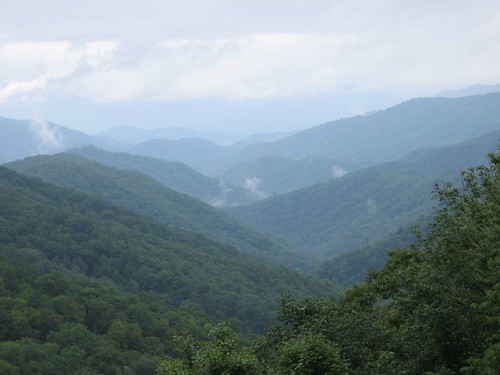
At the bottom Melissa picked me up and we drove off to the next campground where we would continue our great adventure. I really enjoyed the ride up to and back down from Clingman’s Dome. It was challenging, but not ridiculous (like Mauna Kea). It was a good warmup for Mt. Mitchell a few days later.
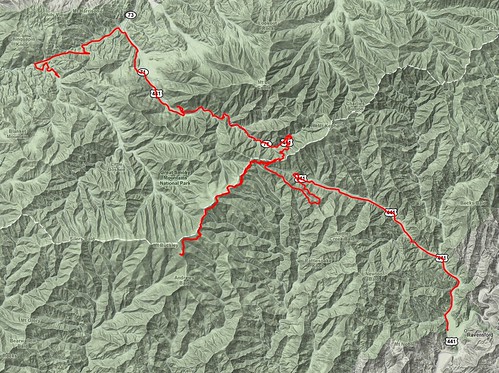
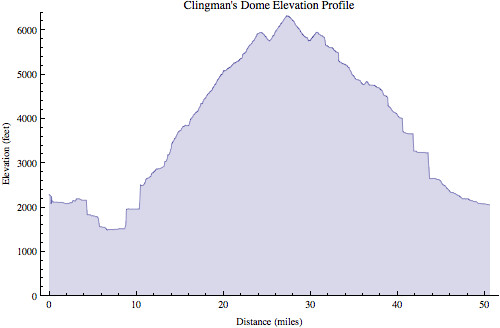
| Ride Information | |
| Date: | 2005-08-08 7:39 AM EDT |
| Mountain: | Clingman’s Dome |
| Road Elevation: | 6318 feet |
| Climb Distance: | 20.0 miles |
| Climb Ascent: | 4837 feet |
| Climb Average Grade: | 4.8% |
| Climb Maximum Grade: | ? |
| Ride Distance: | 50.6 miles |
| Ride Total Ascent: | 5895 feet |
| Ride Maximum Speed: | 48 miles/hour |
| Ride Start: | Elkmont Campground, GSMNP, TN (2285 feet) |
| Ride End: | Oconaluftee Vistior Center, GSMNP, NC (2046 feet) |
A I mentioned, we came back to Clingman’s dome a few days later and parked at Newfound Gap. From there Melissa & I rode together the last 7.5 miles to the top. Despite her fear, I think she really enjoyed the ride. Conquering that mountain was certainly difficult for her. She often mentions that experience in the same breath as other difficult moments in her life (i.e. marathon #1, marathon #2, marathon #3, etc.) that have helped her learn to persevere.
Last November I was very happy with my Canon 50D purchase. Melissa was a little stunned and confused when I started toying around with the idea of getting another new camera. I was taking more and more photos I wanted a little point and shoot camera I could take with me everywhere. I shopped around a lot and eventually settled on the Nikon P6000.
Has it lived up to my expectations?
Yes.
And no.

Let’s start with the pros. The P6000 is smaller and more portable than my than my DSLR, so I was able to take it with me more often than the 50D. The quality of photos is excellent. It’s not DSLR quality, but it’s better than any other point and shoot camera I’ve used.
Like DSLRs, it can shoot in RAW format, which I have used with this camera exclusively. This allows for better control when making adjustments (things like exposure, brightness, etc) on the computer after the fact.
It has built-in GPS. This was a big feature for me. It automatically embeds latitude/longitude when a photo is captured so I can later find the exact location where the photo was taken. This is the first mainstream consumer camera to have this feature, though it won’t be the last. This is such a wonderful feature it will only take a few years until cameras have it.
It has a built-in time lapse mode. Again, this is another feature so fantastic all cameras will come with it in the future. In fact, how is this not standard already?
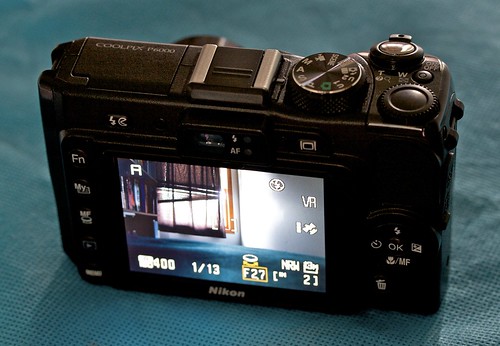
Now on to the cons. It’s big. Well, it’s all relative I suppose. The primary reason I got this camera was I thought it would be small and I could take it with me everywhere. It’s somewhat small, but not small enough to take everywhere. It easily fits in a jacket pocket, but not as well in pants/shorts pocket. It also has enough weight to it that it pulls on the pocket noticeably. For most people this wouldn’t be a problem, but I was riding my bike with it every day and it just wasn’t ideal.
Next, GPS. Wait, didn’t I list that under the pros section? Yes. For you see, this is a wonderful feature, but the GPS in this particular camera doesn’t work as well as it should. Even with a perfectly clear, unobstructed view of the sky it takes a very long time to acquire a fix on the GPS satellites — at least a minute or so. That means even in perfect conditions for GPS you can’t just take the camera out, turn it on, snap a photo, and have GPS data embedded. The only way to get the GPS data is to take the camera out and turn it on well ahead of time, wait, wait, snap a photo, leave the camera on (because you don’t want to have to wait around again next time). I got it working sometimes, but it was a hassle. Next, when conditions were not ideal (i.e. obstructed view of sky, like in a forest) the GPS didn’t work at all. I tried several times in the forest and could not get signal no matter how long I waited. Grrrrrr.
The camera has a built-in ethernet jack. It works… so why is this a con? Because it’s a completely useless feature. Practically speaking it can only be used when your computer is nearby (in which case you could just as easily plug it into the computer). If it had wireless, rather than wired, networking perhaps someone might actually use it.
Finally, the battery life is quite poor (by my standards). This is probably mostly due to the GPS. When I was using this camera every day I had to charge it every other day, even with light use (only a couple photos per day).
These things said, it’s still a good camera… but I no longer use it. I have since purchased a smaller, lighter, (waterproof even) point and shoot camera which does not have GPS or take quite as good photos as the P6000… but I truly can take it with me everywhere.
This camera just wasn’t right for me. It could be right for other people though. If you want a high quality point and shoot camera, and you’re not concerned with ultimate mobility, and you accept the fact that the GPS is a nice bonus for the camera rather than a true selling point, I would have no problem recommending this camera. Anyone want to buy mine?
Anyway, here’s a few of my favorites from this camera:
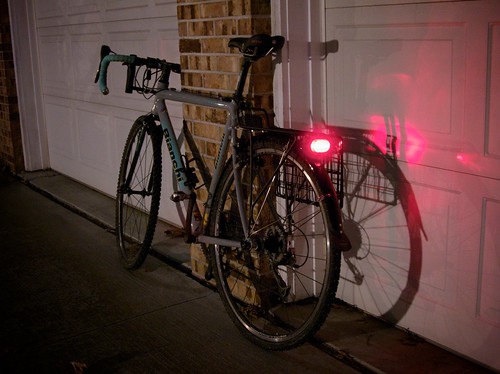
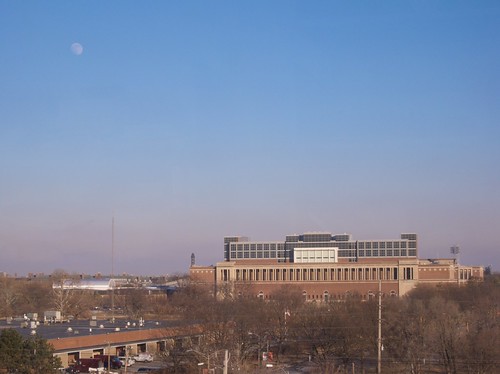
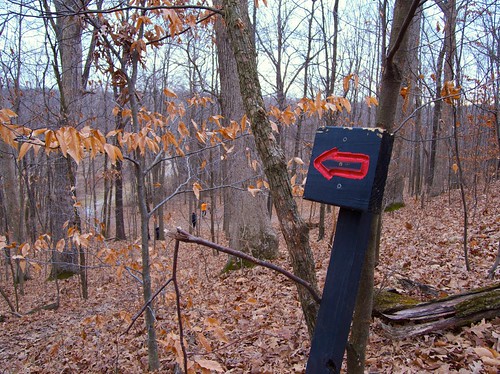
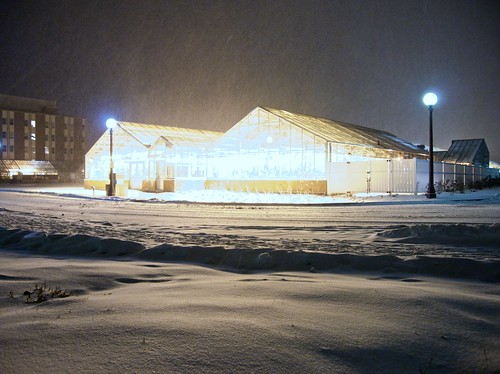
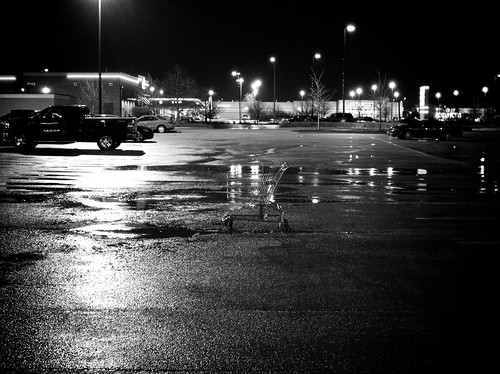
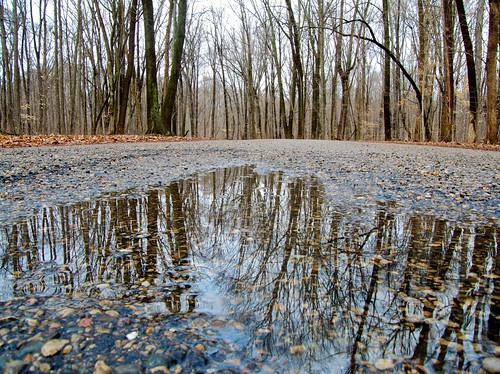
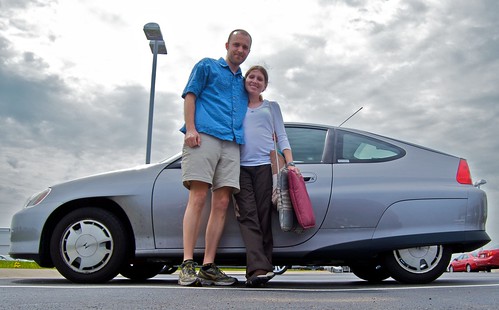
As long time readers may recall, I retired my beloved Canon Digital Rebel camera (which was a low end DSLR) last fall. I really, really wanted a high end Canon 5D mark II, but the price was simply prohibitively expensive (and they weren’t released yet). Instead I replaced my Rebel with the 5D mark II’s little sibling, the mid-range Canon 50D. The 50D has most of the features of the 5D mark II, really only lacking video and the full frame sensor, yet cost half the price.
When I got the 50D I immediately started shooting RAW instead of JPEG and switched from using iPhoto to Aperture to manage my photos. I’ve always been very interested in photography, but these three changes marked the point when I dove in more deeply.
At the same time I also purchased a pair of new lenses, a wide angle zoom (Canon EF 17-40mm f/4L USM) and a telephoto zoom (Canon EF 70-200mm f/4L USM). These are both on the low end of Canon’s top of the line L series of lenses, and they’re both much much nicer than any of the lenses I had used previously. In addition to the large apertures and great focusing, one of the neatest things about these two lenses is that the zoom mechanisms are internal to the lens on both. When you zoom in or out the lenses don’t change length.
The camera itself is relatively heavy, and these two lenses with their large glass are heavy as well. Whenever I hand the camera to someone else, the first thing they mention is how heavy the camera feels. I prefer to think of it as solid.
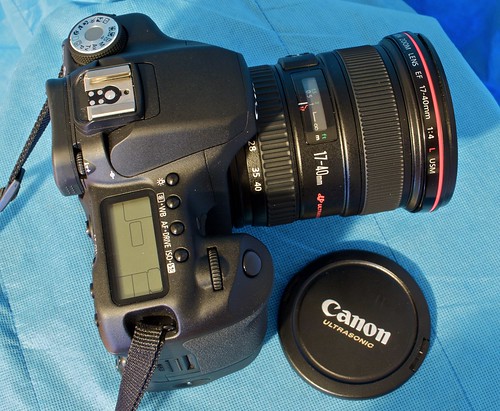
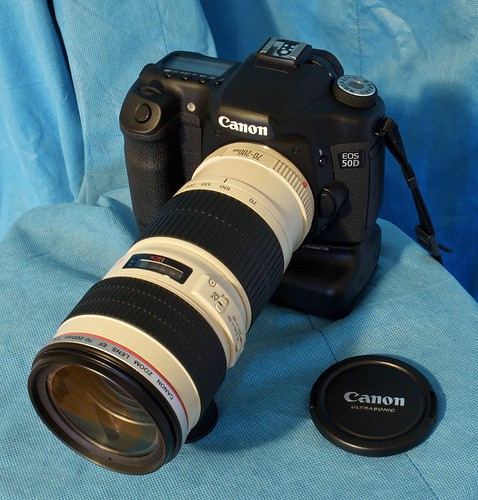
After eight months of use I can say that I’m quite happy with the camera. It’s not perfect, but it is very, very good. The resolution of the photos is very high. The focus is very fast and very sharp (particularly with the Canon L lenses).
The 50D (along with my newer lenses) have produced some of my favorite photos.
The Canon EF 17-40mm f/4L USM is great indoors.
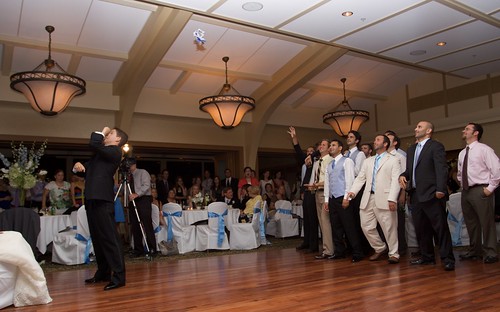

…and for portraits.
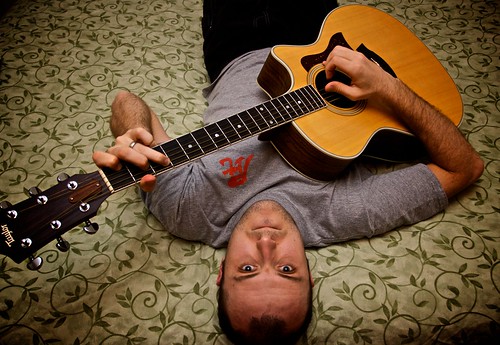



…and outdoors
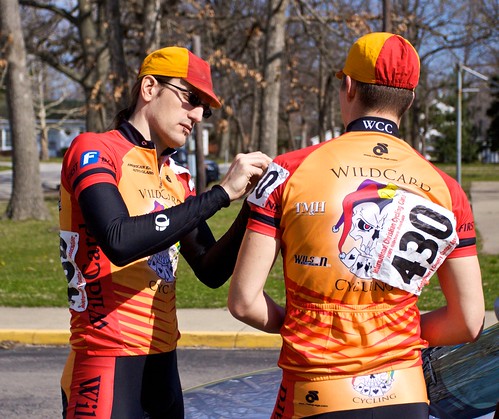
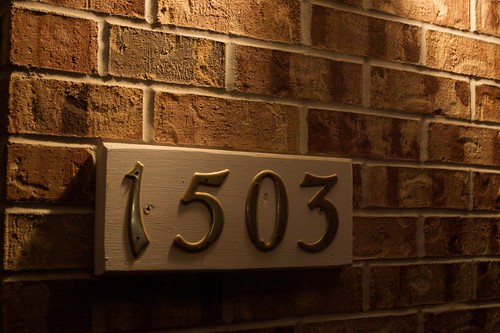

…and it’s perfect for landscapes
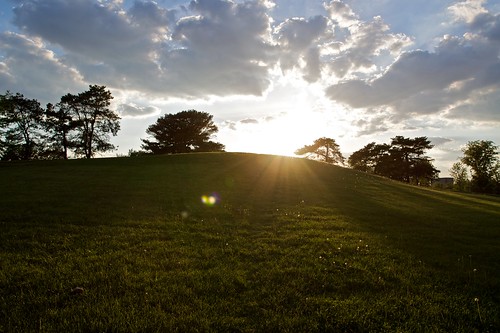
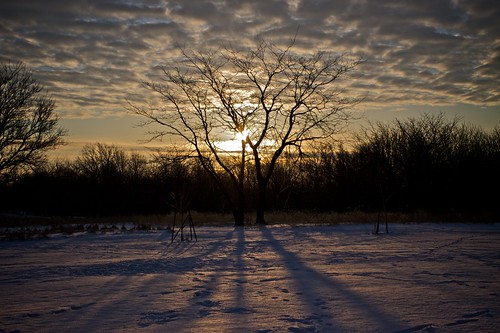
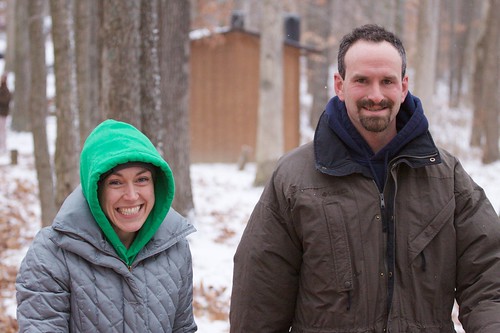
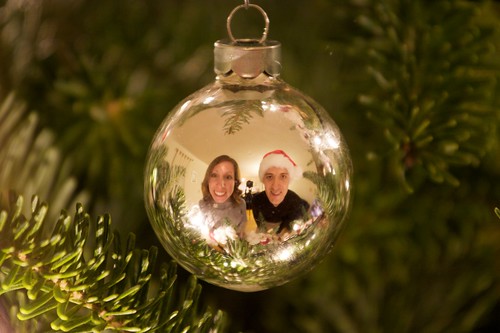

The Canon EF 70-200mm f/4L USM lens is great for sports.
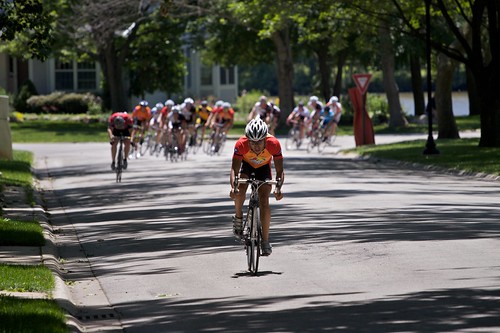
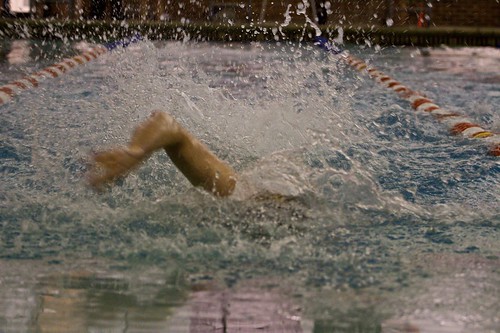
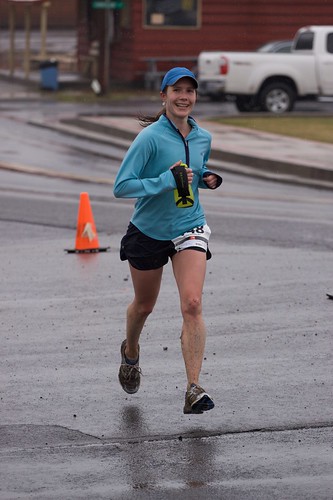
…and wildlife.

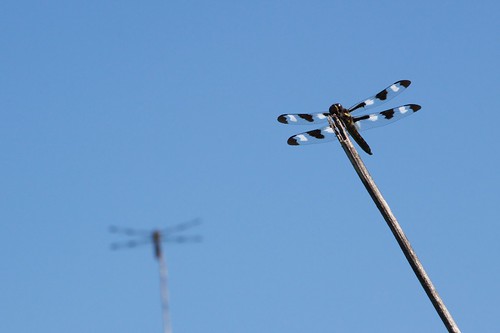
The Canon EF-S 60mm f/2.8 USM Macro lens allows close-ups.
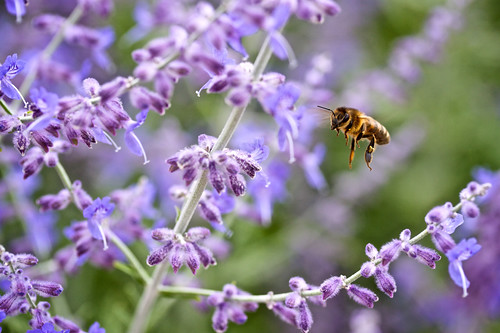
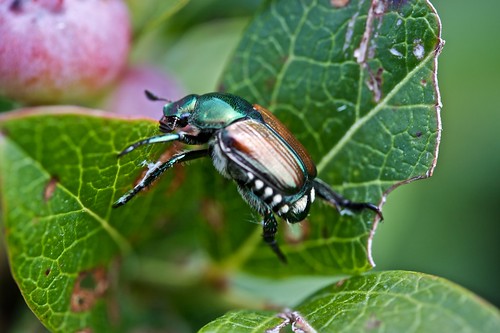
…and landscapes.
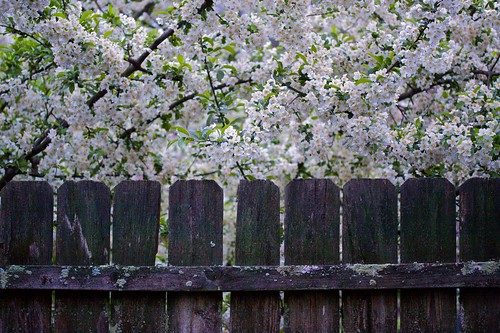
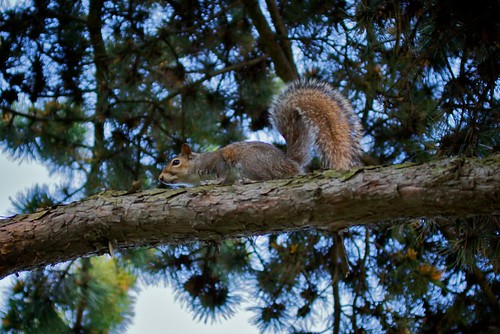
…and portraits.

I love almost everything about this camera. I can only really think of a few complaints. First, I always leave the camera in Auto White Balance mode. When I shoot indoors (usually without a flash) the white balance almost always needs adjusted. This is simple enough to do (though I can’t always get it just right), but it’s a little annoying sometimes.
Second (and this one’s kind of big), is the camera is very noisy at higher ISO speeds. This model was supposedly much better than previous generation DSLRs, but it’s not good. In most cases 800 and above are unusable, so I rarely shoot higher than 400. That by itself isn’t atrocious. The bad part is that the automatic ISO mode will set the ISO up to 1600 (which is nearly always unusable), and it almost always errs on the side of setting the value too high. This means I can’t use the automatic ISO mode and instead I have to set it manually. I usually use 100-200 outdoors and 400 indoors. I switch between indoors and outdoors multiple times per week so I always have to remember to change the ISO settings, but I often forget. I have two cheaper cameras that solve this problem with a simple setting allowing you to choose the maximum ISO value for the automatic mode. I would love to have a similar setting on the 50D. It’s frustrating, but given that this is my biggest complaint about an extremely sophisticated piece of technology, it’s not that bad in the scheme of things.
Third, the live view focusing is very slow. Other camera manufacturers have made this work (live view focusing on my Olympus E-420 is much faster). Additionally, the traditional half-press of the shutter button does not activate autofocus in live view, a separate button is required. Perhaps they did this on purpose because they knew their live view focus was so slow. Who knows. Regardless, it has room for improvement here.
This is by far the nicest camera I’ve ever owned (or even used). Quibbles aside, I wouldn’t trade it for anything else (in the same general price range). I still dream of owning a full frame DSLR some day, but until that day comes, this one is a keeper.
Last week was National Pollinator Week. Who knew?
The UIUC entomology department held a number of events, including an insect photography workshop. I thought it would be fun to try something a little different so I walked over to the Pollinatarium yesterday for the workshop. The workshop leader is a UIUC post-doc in entomology who studies ants (my sister-in-law Kim is an entomologist who studies fire ants in Texas). He also photographs insects for text books.
Among his tips were:
We tried to keep these points (and more) in mind as we walked around the nearby prairie & forest to practice. It was a lot of fun. Here are a few of my favorites.



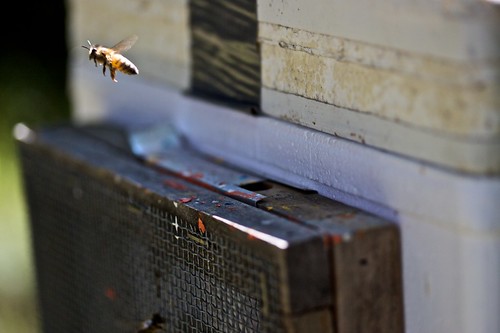
You can see more of my insect photos from the workshop here.
This Memorial Day weekend flew by. We got a lot accomplished, but not as much as we had hoped. I can’t help but feel partly responsible.
I had Friday and Monday off work, which is pretty rare. I celebrated by sitting around in my underwear until noon or so on Friday. I followed that up with my first post-marathon run, five miles easy. It went well. I had some tight muscles with a few aches, but no major injuries. I spent most of the afternoon mowing the lawn and doing other miscellaneous yard work. In the evening we went to Target to look at baby items.
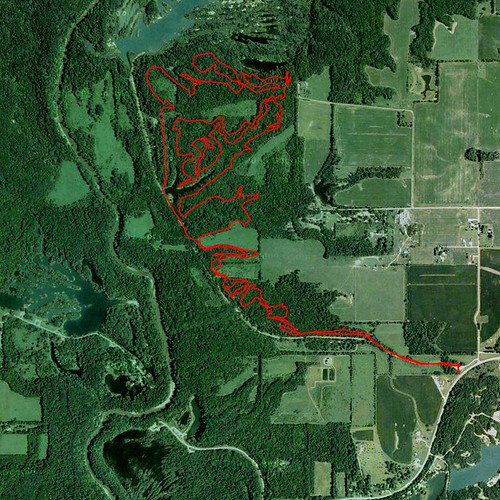
Saturday morning I mountain biked at Kickapoo with Gene and Greg. I haven’t been there in a few months, so I wasn’t quite at the top of my game. The trails were a little muddy, but not nearly as bad as they could have been. Gene and Greg took me onto the “new” section of trail, which was absolutely ridiculous. Most of the trail is challenging, but this new part was downright sadistic. The single track trail was very narrow (18″?), cut into the side of a very steep hill, slanted downward, with tight and steep switchbacks. I made it through okay. Actually, it was dangerous. There, I said it. The rest of the trail pales in comparison.
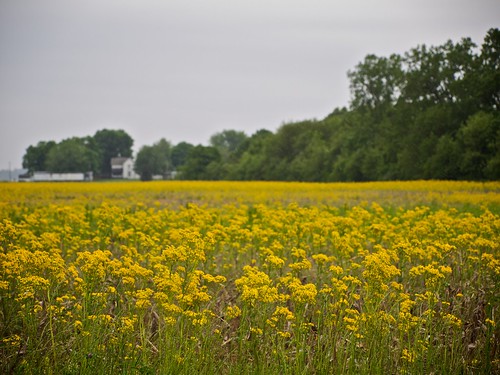
Saturday afternoon we drove to Indianapolis. First we visited Babies-R-Us to look at cribs and other various items. Next we went to Aimee & Brett’s house to pick up a few baby items they wanted to give us. Then it was on to Aunt Jeanne’s house to meet up with the family. Finally, we went to Zionsville to my uncle Dennis and (new) aunt Sally’s wedding reception (the main event of the trip). The reception went well, and it was great to catch up with the cousins, aunts, & uncles. Sally is a wonderful woman and she and Dennis seem very happy together.

Sunday morning I got a little cleaning done in the office, but not as much as I (or Melissa) hoped. It’s never as much as I hope. I also worked for a little while setting up one of my old computers for my grandparents in Bismarck. After lunch we went swimming (our first family swim). Then we went shopping for new stoves. We’ve been on the brink of getting a new stove since Christmas. I think it’s finally going to happen this week.

Monday morning I drove over to Danville for the Memorial Day 5K race at the VA. It rained during the race, which kept the temperature somewhat cool, but also made the roads a little slick. Right from the start a large pack of high schoolers shot out to the front. I tagged onto the back of the pack, maybe 12-15th position for the first half mile. I was running way too fast and I knew it. What were all these jokers doing?
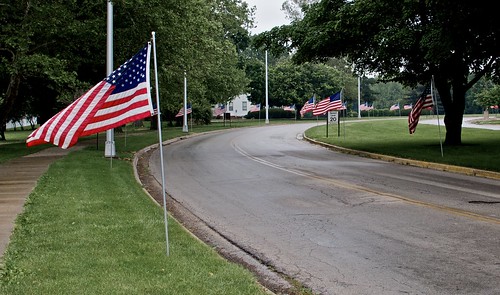
The second half mile I slowed down, but all the kids around me slowed down even more. I moved my way up through the pack. I reached the first mile in 5:36. I ran mile two in 5:50, by which time I had moved into 4th place. My heart rate was through the roof and it was starting to wear on me. The last guy I passed tagged along behind me and stayed with me for the third mile. He passed me back with around a quarter mile left. My last mile was 5:55 and I finished in 5th place (out of a record 398 participants), 1st in my 30-39 age group. I was worried I might still be feeling the effects of the marathon eight days prior, but my legs felt perfectly fine. It was a tough race, mostly because I started too fast (didn’t I just learn not to do that?). Well, racing a 5K is a world apart from racing a marathon. Incidentally, my heart rate hit 194 in the last tenth of a mile, which I believe is the highest I’ve ever recorded (my theoretical max heart rate is 195).
After the race I went to visit my grandparents. They’ve been having some health problems recently and I hadn’t seen them in a few months. They seemed to be doing fairly well, all things considered. My dad and I worked to get their computer problems straightened out. Then we had a pizza lunch before hitting the road. I drove my dad back to Danville in the new car, which he seemed to enjoy.
Finally we spent this evening at a cookout with Cara & John at our house. John got a nifty remote controlled speedboat for his pond. Good times.
Today was the Maple Syrup Open House at Forest Glen park. The park holds this event each spring where they demonstrate how they make maple syrup and have a pancake dinner. I’ve run at Forest Glen four or five times this winter so I’ve been looking forward to this event for a while. When I told Melissa about it she was very excited, so we just had to go. And since my parents live somewhat near the park, and they love pancakes, we invited them to come along as well.
Melissa and I arrived a little early so we could get a short hike in before the pancakes. First we hiked to the observation tower.
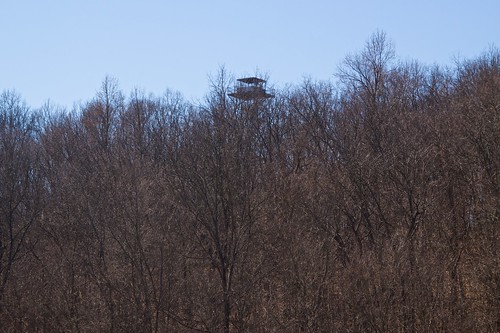
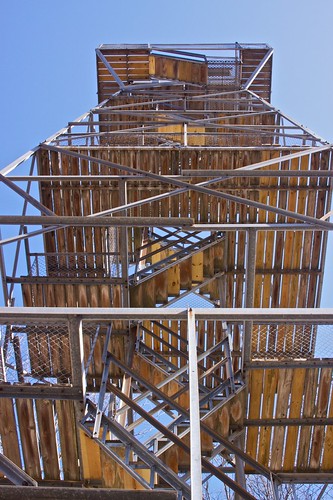
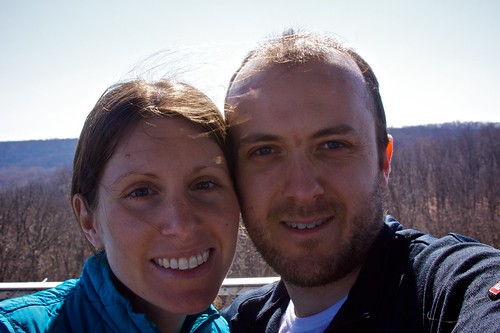
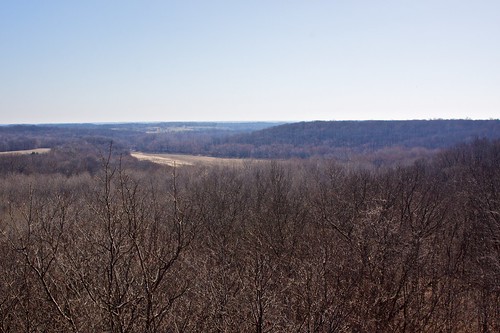
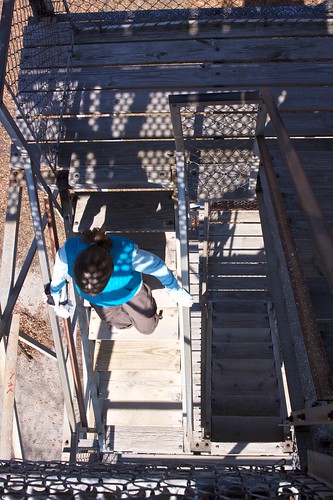
Next, we continued on the path down the hill towards the Vermillion River. We passed the beloved backpack trail on the way. The water in the river seemed high and fast-moving.



Noon was approaching, and this was the time we agreed to meet my parents for pancakes, so we hiked back up the hill and drove over to the Maple Syrup Open House area. We got in line a few minutes after noon. My parents arrived shortly thereafter. We were having a good time, but we couldn’t help but notice the line wasn’t moving very quickly.
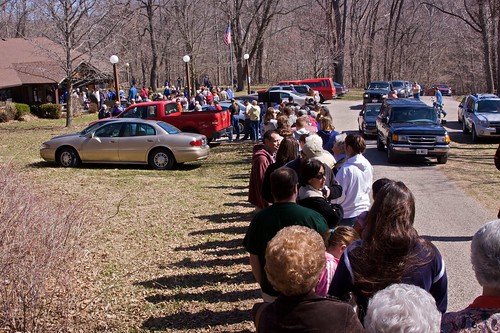
It took us right at two hours to reach the front of the line, get our pancakes, and sit down to eat (what became) a late lunch. The pancakes were good. The syrup was good. I’m not quite sure it was worth waiting two hours in line, but at least the weather was beautiful.
After lunch Melissa & I walked a short distance to the recreated pioneer homestead, where the syrup was made. They collected sap from 400 or so maple trees in the park all winter. Then they heat it up to evaporate away most of the water, leaving just the sugary syrup behind.
